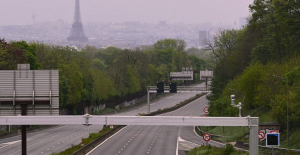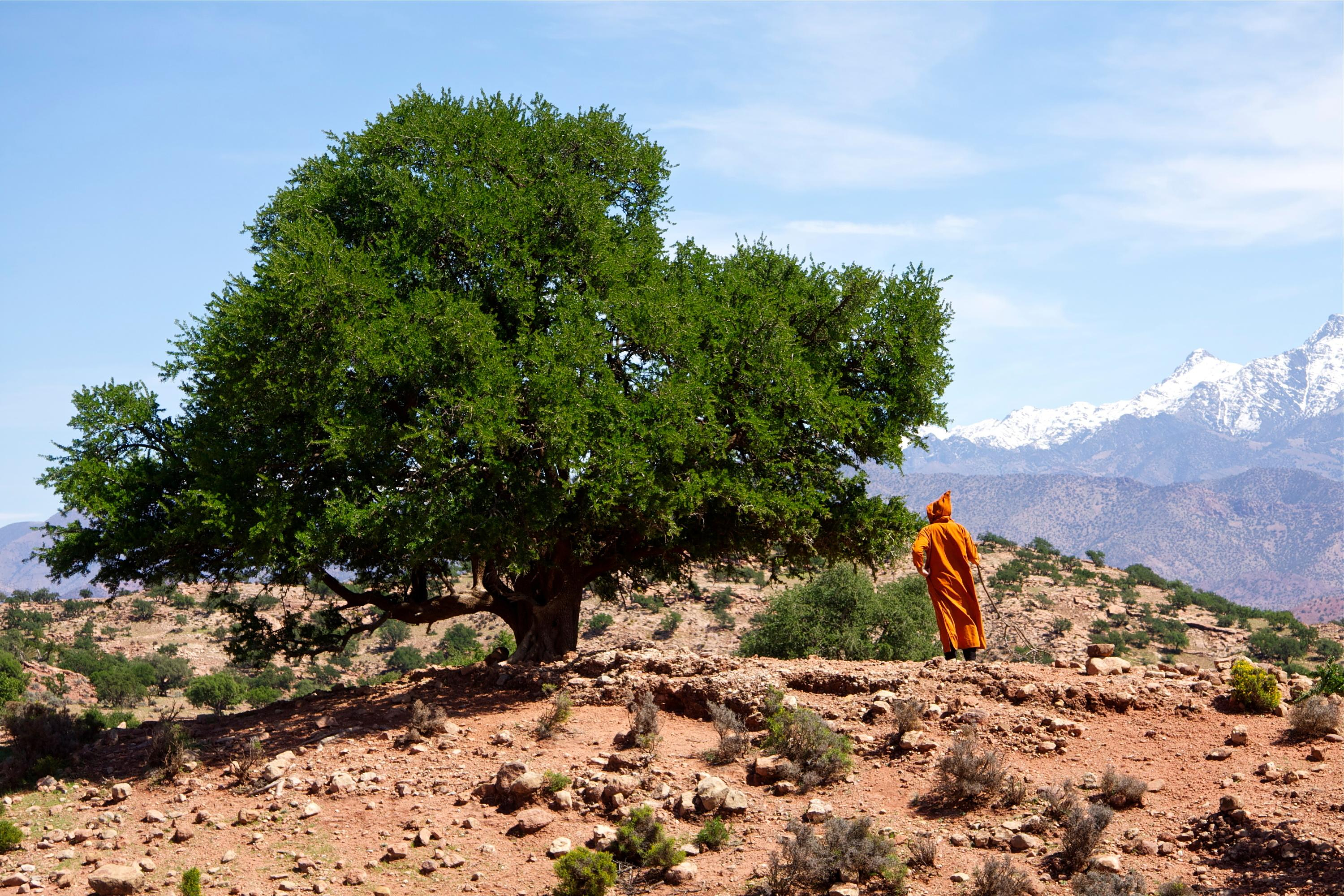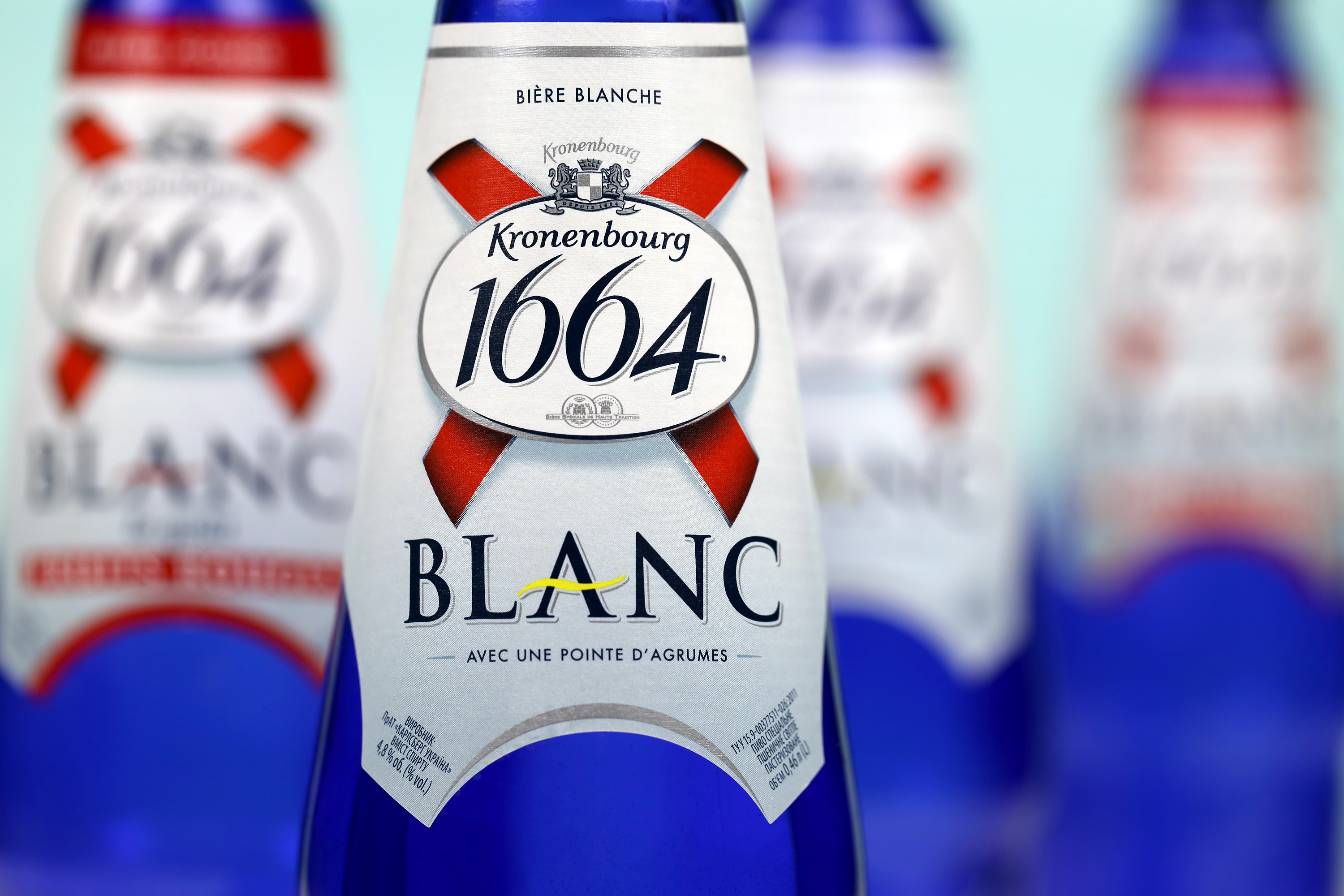They are among the most isolated spots on earth, in the middle of the South Pacific, 5,700 kilometers from South America and 5,000 kilometers from New Zealand: the Pitcairn Islands. Only the main island of Pitcairn, three kilometers long, is inhabited. Nearest neighbor is Polynesian Mangareva, two sea days away. From there, visitors could book a round trip with the freighter "Silver Supporter" to Pitcairn (3200 euros) and stay with families (from 70 euros per day). But hardly anyone comes.
The few residents, currently 46, are descendants of the Bounty mutineers and their Polynesian wives. After the ship was hijacked in 1789, they settled here. That didn't go well for long. Eleven years later, only one of the mutineers remained, the sailor John Adams, along with ten wives and 23 children, the other fathers having killed each other.
In 1838 the descendants asked to be admitted as a British colony. But the British have long wanted to get rid of their overseas territory, especially since Brexit: the EU had previously contributed to the costs for decades.
The islanders make a better living from the stamp trade and souvenirs, and the young emigrate. Because there is another dark chapter. Cases of child abuse became known in 2004, six people were sentenced to long prison terms, including the descendant of the leader of the mutiny on the "Bounty".
Crusaders are a welcome respite on cliff-lined islands like St. Paul's Point. A good 15 cruise ships head for Pitcairn every year, for example the "MSC Magnifica" and the "Hanseatic Nature" have announced their arrival this spring.
But there is no port, no pier. Therefore, the landing remains an adventure because of the rough surf: Tender boats are used to bring the passengers to Bounty Bay. This only succeeds in 50 percent of the cases.
If it doesn't work out, the storm-tested residents take the longboat to the ship. They sell souvenirs such as wood carvings and honey on board – and they stamp passports with the coveted “Pitcairn Entry” for twelve euros.
She is Pitcairn's mascot and adorns many stamps and souvenir T-shirts: "Mrs T.", an approximately 70 to 85 year old Galapagos giant tortoise. She is the only survivor of her kind of five specimens that were brought from Galapagos by a US captain and released on Pitcairn between 1937 and 1951.
"Mrs T." has been crawling through the banana plantations and gardens in the village of Tedsite ever since. She is extremely trusting. Tourists are allowed to pass their food. Her favorite foods are bananas, papayas and cucumbers. The lonely giant tortoise can be petted and sometimes nibbles on sandals. Whether that is species-appropriate remains to be seen.
There are otherwise no native turtle species on Pitcairn. Green sea turtles bury their nests on the beaches of the neighboring uninhabited coral atoll Henderson Island, a UNESCO World Heritage Site since 2004. This island may only be entered by scientists.
Pitcairn doesn't do that with a beach holiday. There is only a stone beach, difficult to access below a 90 meter high cliff. You can only climb there with a guide. The locals get by by sailing to the Pitcairn islands of Oeno and Sandy Island for a beach holiday: a South Pacific dream. However, 140 kilometers away.
The islanders roar only with quads over the clay paths. But people are also thinking about sustainable e-mobility on this isolated island: the first e-quads are here, solar panels are installed. Previously, a diesel generator provided electricity.
The shaky internet connection will also soon be history: the Starlink communication system from Elon Musk's company SpaceX is already being set up. Then the Pitcairner can stream for the first time.
“The furthest is a 15 minute walk”
The British author Dea Birkett lived on Pitcairn for several months and wrote the bestseller "Serpent in Paradise" about it. She experienced her stay in the South Seas as a nightmare. She described everyday life in a sobering way: almost like monitored solitary confinement on a tiny island on the edge of a closed society with its own rules. No privacy, no escape. “Everyone knew every minute what the others were doing. They could read the footprints, who had walked which path before and with whom.”
Bizarre, record-breaking, typical: You can find more parts of our regional geography series here.

 New York: at Columbia University, the anti-Semitic drift of pro-Palestinian demonstrations
New York: at Columbia University, the anti-Semitic drift of pro-Palestinian demonstrations What is Akila, the mission in which the Charles de Gaulle is participating under NATO command?
What is Akila, the mission in which the Charles de Gaulle is participating under NATO command? Lawyer, banker, teacher: who are the 12 members of the jury in Donald Trump's trial?
Lawyer, banker, teacher: who are the 12 members of the jury in Donald Trump's trial? After 13 years of mission and seven successive leaders, the UN at an impasse in Libya
After 13 years of mission and seven successive leaders, the UN at an impasse in Libya What High Blood Pressure Does to Your Body (And Why It Should Be Treated)
What High Blood Pressure Does to Your Body (And Why It Should Be Treated) Vaccination in France has progressed in 2023, rejoices Public Health France
Vaccination in France has progressed in 2023, rejoices Public Health France Food additives suspected of promoting cardiovascular diseases
Food additives suspected of promoting cardiovascular diseases “Even morphine doesn’t work”: Léane, 17, victim of the adverse effects of an antibiotic
“Even morphine doesn’t work”: Léane, 17, victim of the adverse effects of an antibiotic Unemployment insurance: tightening of the rules on July 1
Unemployment insurance: tightening of the rules on July 1 Cancers, chronic diseases... Billions of workers hit by climate change, warns the UN
Cancers, chronic diseases... Billions of workers hit by climate change, warns the UN Closure of the A13 extended until at least mid-week
Closure of the A13 extended until at least mid-week Closure of the A13: Pécresse “asks the State to take charge of making the A14 free”
Closure of the A13: Pécresse “asks the State to take charge of making the A14 free” The series adaptation of One Hundred Years of Solitude promises to be faithful to the novel by Gabriel Garcia Marquez
The series adaptation of One Hundred Years of Solitude promises to be faithful to the novel by Gabriel Garcia Marquez Racism in France: comedian Ahmed Sylla apologizes for “having minimized this problem”
Racism in France: comedian Ahmed Sylla apologizes for “having minimized this problem” Mohammad Rasoulof and Michel Hazanavicius in competition at the Cannes Film Festival
Mohammad Rasoulof and Michel Hazanavicius in competition at the Cannes Film Festival UK lends Ghana treasures stolen during colonization
UK lends Ghana treasures stolen during colonization Skoda Kodiaq 2024: a 'beast' plug-in hybrid SUV
Skoda Kodiaq 2024: a 'beast' plug-in hybrid SUV Tesla launches a new Model Y with 600 km of autonomy at a "more accessible price"
Tesla launches a new Model Y with 600 km of autonomy at a "more accessible price" The 10 best-selling cars in March 2024 in Spain: sales fall due to Easter
The 10 best-selling cars in March 2024 in Spain: sales fall due to Easter A private jet company buys more than 100 flying cars
A private jet company buys more than 100 flying cars This is how housing prices have changed in Spain in the last decade
This is how housing prices have changed in Spain in the last decade The home mortgage firm drops 10% in January and interest soars to 3.46%
The home mortgage firm drops 10% in January and interest soars to 3.46% The jewel of the Rocío de Nagüeles urbanization: a dream villa in Marbella
The jewel of the Rocío de Nagüeles urbanization: a dream villa in Marbella Rental prices grow by 7.3% in February: where does it go up and where does it go down?
Rental prices grow by 7.3% in February: where does it go up and where does it go down? Europeans: “All those who claim that we don’t need Europe are liars”, criticizes Bayrou
Europeans: “All those who claim that we don’t need Europe are liars”, criticizes Bayrou With the promise of a “real burst of authority”, Gabriel Attal provokes the ire of the opposition
With the promise of a “real burst of authority”, Gabriel Attal provokes the ire of the opposition Europeans: the schedule of debates to follow between now and June 9
Europeans: the schedule of debates to follow between now and June 9 Europeans: “In France, there is a left and there is a right,” assures Bellamy
Europeans: “In France, there is a left and there is a right,” assures Bellamy These French cities that will boycott the World Cup in Qatar
These French cities that will boycott the World Cup in Qatar Basketball (F): big winner of Asvel, Basket Landes will face Tarbes in the semi-final of the League
Basketball (F): big winner of Asvel, Basket Landes will face Tarbes in the semi-final of the League Football: Yazici (Lille) “in shock” after an attempted theft at his home
Football: Yazici (Lille) “in shock” after an attempted theft at his home Serie A: victorious over AC Milan, Inter crowned Italian champions for the 20th time
Serie A: victorious over AC Milan, Inter crowned Italian champions for the 20th time Serie A: “Winning a title in a derby has never happened,” relishes Martinez after Inter’s coronation
Serie A: “Winning a title in a derby has never happened,” relishes Martinez after Inter’s coronation


















